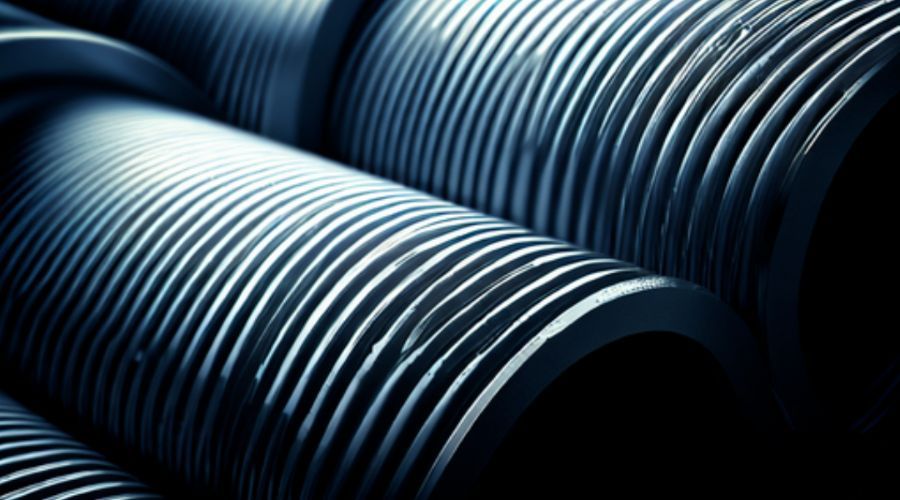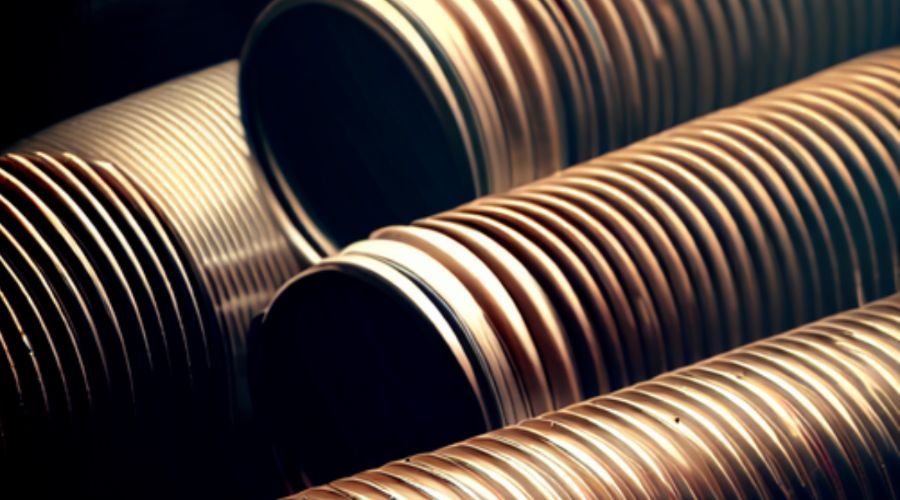
Pipe threads may seem like a small component in the vast world of plumbing, but they play a critical role in ensuring leak-free connections and the overall functionality of plumbing systems. Whether in residential, commercial, or industrial settings, understanding the science behind pipe threads is essential for professionals and DIY enthusiasts alike. In this article, we will delve into the intricacies of pipe threads, examining how they work, the various types, their standards, design, materials, manufacturing processes, and their importance in achieving reliable and efficient plumbing systems.
Pipe threads come in various types, each serving specific purposes and applications. Let's explore some commonly used thread types:
1. National Pipe Thread (NPT): The NPT thread is one of the most widely used thread standards in the United States. It features a tapered design, ensuring a tight seal between threaded connections. NPT threads are commonly used in plumbing, hydraulic systems, and gas fittings.
2. British Standard Pipe (BSP): The BSP thread, commonly used in the United Kingdom and other parts of the world, comes in two variations: BSP parallel (BSPP) and BSP tapered (BSPT). BSP threads are commonly found in water and gas fittings, as well as pneumatic systems.
3. Unified Thread Standard (UN/UNF): The UN/UNF thread standard is widely used in North America. It features a constant diameter and is commonly found in applications requiring high precision, such as aerospace and automotive industries.

Pipe thread standards are crucial for ensuring compatibility and interchangeability between different components within a plumbing system. Some key pipe thread standards include:
1. American National Standards Institute (ANSI): ANSI standards, such as NPT, provide guidelines for thread dimensions, taper angles, and thread engagement. These standards help maintain consistency and compatibility in various industries.
2. International Organization for Standardization (ISO): ISO standards, including the BSP thread, provide global guidelines for thread dimensions and specifications. They enable seamless international trade and standardization across different industries.
Pipe threads are carefully designed to provide a secure and leak-free connection. Key factors in thread design include:
1. Tapered vs. Parallel Threads: Tapered threads, like NPT, create a tight seal due to their conical shape. Parallel threads, like BSPP, rely on additional sealing methods, such as O-rings or gaskets, to prevent leaks.
2. Thread Engagement: The number of threads engaged affects the strength and stability of the connection. Sufficient thread engagement ensures a secure joint while minimizing the risk of over-tightening.
Achieving leak-free connections is vital in plumbing systems, and proper sealing techniques are crucial. Here are some commonly used sealing methods:
1. Thread Seal Tape (Teflon Tape): Teflon tape is wrapped around the male threads to provide a lubricated and sealed connection. It helps prevent leaks by filling in any gaps or imperfections between the threads.
2. Pipe Dope (Thread Sealant): Pipe dope is a paste-like sealant applied to the threads before connecting them. It fills in the gaps and acts as a barrier against leaks.
3. O-rings and Gaskets: In parallel thread connections, O-rings or gaskets are used to provide the necessary sealing. These rubber or silicone rings create a watertight barrier between the mating surfaces.
Depending on the application and environmental factors, pipe threads can be made from various materials. Common materials include:
1. Steel: Steel threads are highly durable and resistant to corrosion. They are commonly used in industrial and high-pressure applications.
2. Brass: Brass threads offer good corrosion resistance and are often used in plumbing and water systems.
3. Plastic: Plastic threads, such as PVC or ABS, are lightweight, cost-effective, and suitable for non-corrosive applications like irrigation systems.

The manufacturing process for pipe threads involves several steps to ensure precision and quality. Here's a simplified overview:
1. Material Selection: The choice of material depends on the intended use and environmental factors.
2. Machining or Rolling: Threads can be created through machining or rolling processes. Machining involves removing material to create the thread profile, while rolling uses hardened dies to deform the material into the desired shape.
3. Inspection and Quality Control: Thorough inspection ensures the threads meet the required standards and specifications. This includes checking for dimensional accuracy, thread pitch, and surface finish.
Quality pipe threads are paramount for reliable and efficient plumbing systems. Here's why pipe thread quality matters:
1. Leak Prevention: Well-designed and properly sealed pipe threads prevent leaks, ensuring the integrity of the plumbing system.
2. Durability and Longevity: High-quality threads withstand the rigors of daily use and offer longevity, reducing the need for frequent repairs or replacements.
3. Performance and Efficiency: Properly functioning threads optimize the flow of fluids or gases, maintaining system performance and efficiency.
1. Why are pipe thread standards important?
Pipe thread standards ensure compatibility and interchangeability between different components, facilitating smooth operations and maintenance.
2. Can different thread types be connected?
In some cases, adapters or fittings can connect different thread types, but it's essential to ensure compatibility and proper sealing.
3. How do I choose the right sealing technique?
The choice of sealing technique depends on factors such as the thread type, application, and desired level of sealing. Consult industry guidelines or seek professional advice.
Pipe threads may be small in size, but their significance in plumbing systems cannot be overlooked. Understanding the science behind pipe threads, including their types, standards, design, sealing techniques, materials, manufacturing processes, and the importance of quality, is vital for ensuring leak-free connections, system efficiency, and longevity. By grasping the intricacies of pipe threads, both professionals and DIY enthusiasts can achieve reliable and efficient plumbing systems, enhancing the overall functionality of their projects.